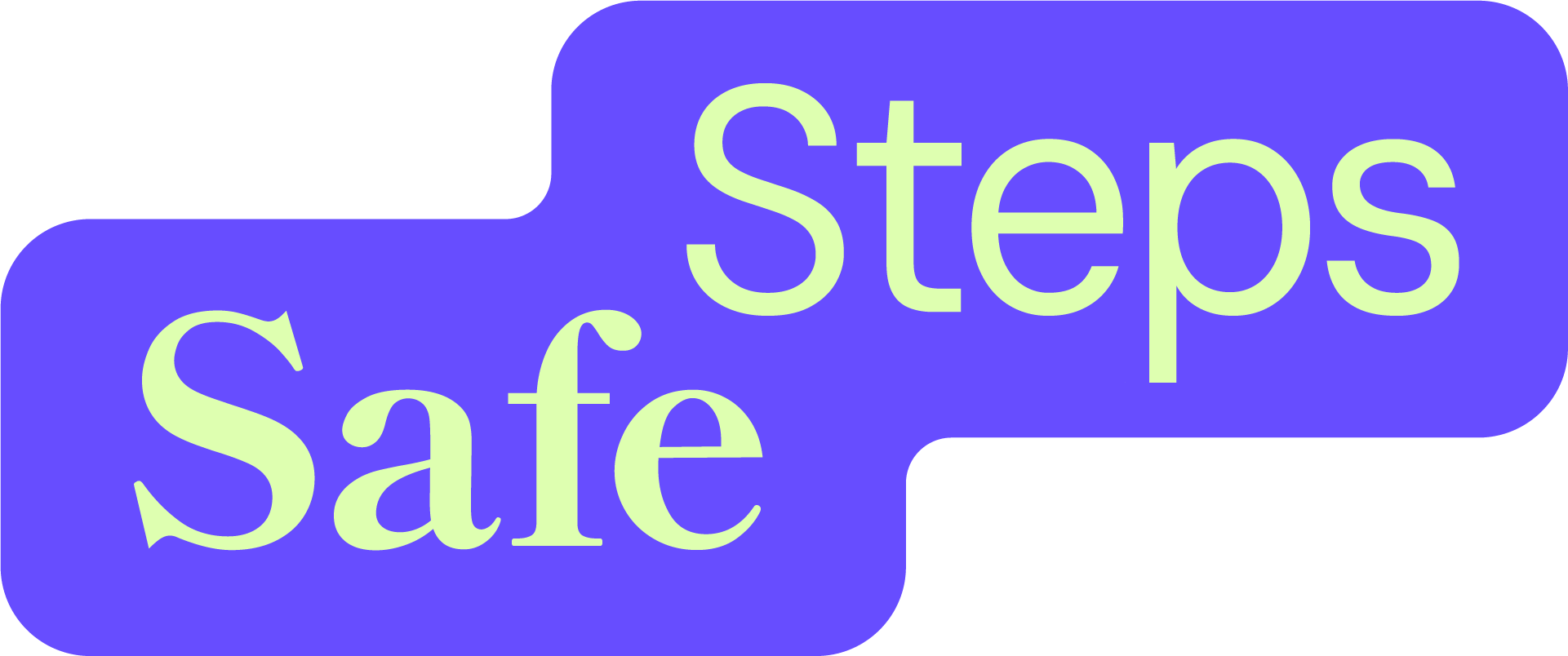An update from our CEO Chelsea Tobin, who is on a Churchill Fellowship. To stay up to date with her learnings, sign up to an occasional newsletter.

One of the most interesting meetings that I had in Scotland was with Claire Houghton, Lecturer in Social Policy and Qualitative Research at The University of Edinburgh. We had a really informative and enjoyable conversation – and it was an honour and a welcome change, to be invited into her home after being in hotels so much. We even managed to fit in a fitness class together – note Claire is also very strong!
Without exception, everyone I met in Scotland pointed me towards Claire due to her extensive research directly with young people. Below, I’ve shared some of her insights on what young people want in terms of domestic and family violence responses. Many are not new, but the fact that this is all based on her working with young people since 2003 makes them powerful.
- Improved understanding and first responses from schools and families – e.g. not immediately panicking and informing parents (especially regarding sexual abuse), instead agreeing on next steps with the young person;
- One-to-one and solution-focused support – and taking action more generally. This could then lead to peer therapeutic group work and then perhaps peer support without facilitation (without a focus solely on domestic abuse);
- Be treated as an individual – they still want to be linked with their mother and siblings but have different support needs;
- Involvement in risk assessment – having ways for children and young people’s perspectives to be included in the initial assessment;
- Support to be more independent and to access education, work etc.;
- Support for improving and sustaining relationships, including with their mothers (most wished they’d left earlier);
- Make sure they’re safe and have choice and control over their own stories and whether, and if, they have contact with the abuser;
- Engaging and welcoming spaces. It needs to clearly be a young person’s space – evidence that their needs were considered in the design and they are truly welcome – not just being fitted into spaces designed for adults or children.
- Responses need to counteract negative experiences, to replace bad memories with positive experiences. For example, provide education and certificates of achievement; safe, comfy spaces; fun; good free food; relaxation; and connection with the outdoors. On the last point, often young people will have had very restricted lives, so open spaces and new experiences were big things they identified – in short, experiencing freedom – whether that’s shouting at beaches, climbing hills, eating out for the first time or travelling.
- Listen and engage with young people– involve them in decision-making about their lives and their family; ask them about their experiences, about what could be different and what support they need and what will work. For example, Voice Against Violence co-designed an advertising campaign focused on teens with young people. They co-led the advertising project alongside the government and got power of veto over the advertising company ideas and led the publicity surrounding it. Despite suggestions that young people did not want to use a child-focused helpline, the advert got around 1.5 million hits and the click-through to website support was also good. Calls to the children’s helpline went up 200%. An enduring appeal is for more campaigns like this, reassuring children they have a right not to suffer abuse, they will be believed and not blamed, and where to go for help.
- Engagement must be carefully managed. There needs to be careful consideration and structure throughout any participatory process involving young people. Claire shared her ethics model co-developed with young survivors, who created an inspiring standards resource too.

- Access to specialist youth support workers. Some are more ‘kiddy’ than others and specialists are important.
- Provide specialist domestic or family violence (or IPV) support. Young people feel that as soon as someone knows they’re experiencing DFV or IPV, they should get independent specialist support – i.e. not dependent on adults, not dependent on risk scoring etc. This should continue for as long as they need it.
- Recognise that experiencing abuse at home is different to in their own relationships and needs different approaches / groups and support;
- Provide holistic support through systems they encounter. Often, they do not immediately get a domestic abuse specialist support and advocacy worker, to ensure their views are heard, especially if the child is in protection rather than the criminal justice system, nor do they get the information and communication they need. As I mentioned in my last blog, ASSIST provides a bespoke service, supporting young people through the Children’s Hearing System, which integrates justice and welfare for children and young people through tribunal hearings rather than court proceedings. ASSIST takes a holistic approach during these proceedings, understanding what else is going on in the life of that person and working to increase their protective factors.
- Face to face support is preferred, at least at first. It’s important that the young person can get to know someone and trust them, which can take a long time. Ideally, there would be one key worker with them over time.
- Use language that resonates with young people. Young people don’t often use words like “coercive control”, “domestic abuse” and “intimate partner violence”, so they don’t see themselves in the language the sector uses. This in turn means that they don’t always seek help and remain isolated and alone.
- Working with schools is critical but the responses are very mixed. Increased outreach support in or out of school would be of great benefit to many.
This is just a summary from amazing projects like Everyday Heroes, which empowers young people to speak directly to decision-makers about what needs to change. Claire’s overall message was to ask young people what they want and work with these young survivors – their strengths, ideas, talents and expertise – to develop services, change systems, co-produce law / policy and change the world!
Below is a participation framework she has developed with young experts over many years to help involve them.

This is hot off the press! It will be available publicly through Claire’s blog and a new participation toolkit (CAFADA), both coming soon.
I’m grateful to Claire for sharing her learnings, as there are certainly some practical suggestions here that I hope will resonate with you and spark some ideas.
Until next time…
Chelsea





